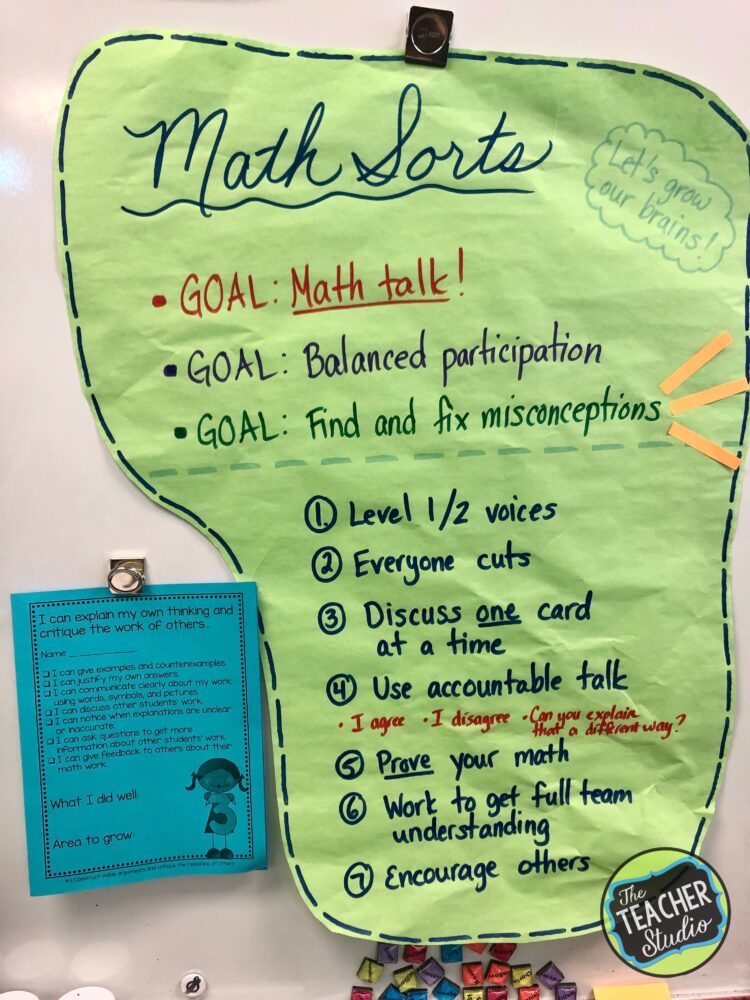Ah, the things teachers say when deep in the moment of teaching angles.
These words came out of my mouth this week. During a formal observation. While I was teaching math. #lifeinthetrenches
I know you know how it goes–your administrator pops in for those required observations, and you just hope all goes well, that the students rise to the occasion, and that NO ONE STICKS TISSUES IN THEIR NOSE TO LOOK LIKE A WALRUS.
We had a good chuckle about it after the fact–and after I had identified that the “offending” student had “thought” that “maybe” he “might possibly” feel a nosebleed coming on.
Crisis averted.
As my evaluator and I laughed about life in the world of elementary teaching, she told me that she would be emailing me my feedback later that day–but that she honestly couldn’t think of a more powerful lesson, and she wished other teachers could have been there to watch the math talk, the collaboration, the deep thinking, the critiquing and reasoning, and the struggle. She said she didn’t want to leave…and she was SO intrigued by how I was using math sorts and how my students embraced the struggle.
Pretty powerful stuff, right?
So what was I teaching? I was on my final day of teaching angles. We had done a TON of work using protractors (Check out this FREEBIE!), math sorts, and other angle activities to build conceptual understanding. First, we folded paper protractors. Then we played with pattern blocks. We looked for patterns. And we estimated a TON. We worked with partners to draw and measure countless angles. And, of course, we solved angle problems. (Click HERE for some angle help!)
Her observation came on the day when I wanted them to put it all together with a math sort–and (with the exception of one pouting incident and one walrus) it did exactly as I hoped. Clearly, it was time to do a super challenging sort…one where they needed to estimate, to add and subtract, to look at things in different ways–and to talk about it. It was hard. It was frustrating. And it was POWERFUL.
The quality of the math talk was really quite astounding. All the work I had put in with accountable talk, working in partners, learning to “balance power”–all paid off. To make sure we are clear, I am a STICKLER for teaching expectations. Notice the wrinkles in the anchor chart. That’s because we’ve been truly USING it for months.
If you haven’t used math sorts before, I really encourage you to check out some of my blog posts where they are featured. Try THIS ONE or THIS ONE to get started. The posts give a ton of information, but all directions (with photos) are included in my resources as well.
Want to check out all of the sorts in my store? Just CLICK HERE !
Thanks for stopping by–and I hope the next time your administrator stops by, you can “wow” him or her with your teaching–and any walruses that make their way into your classroom.







